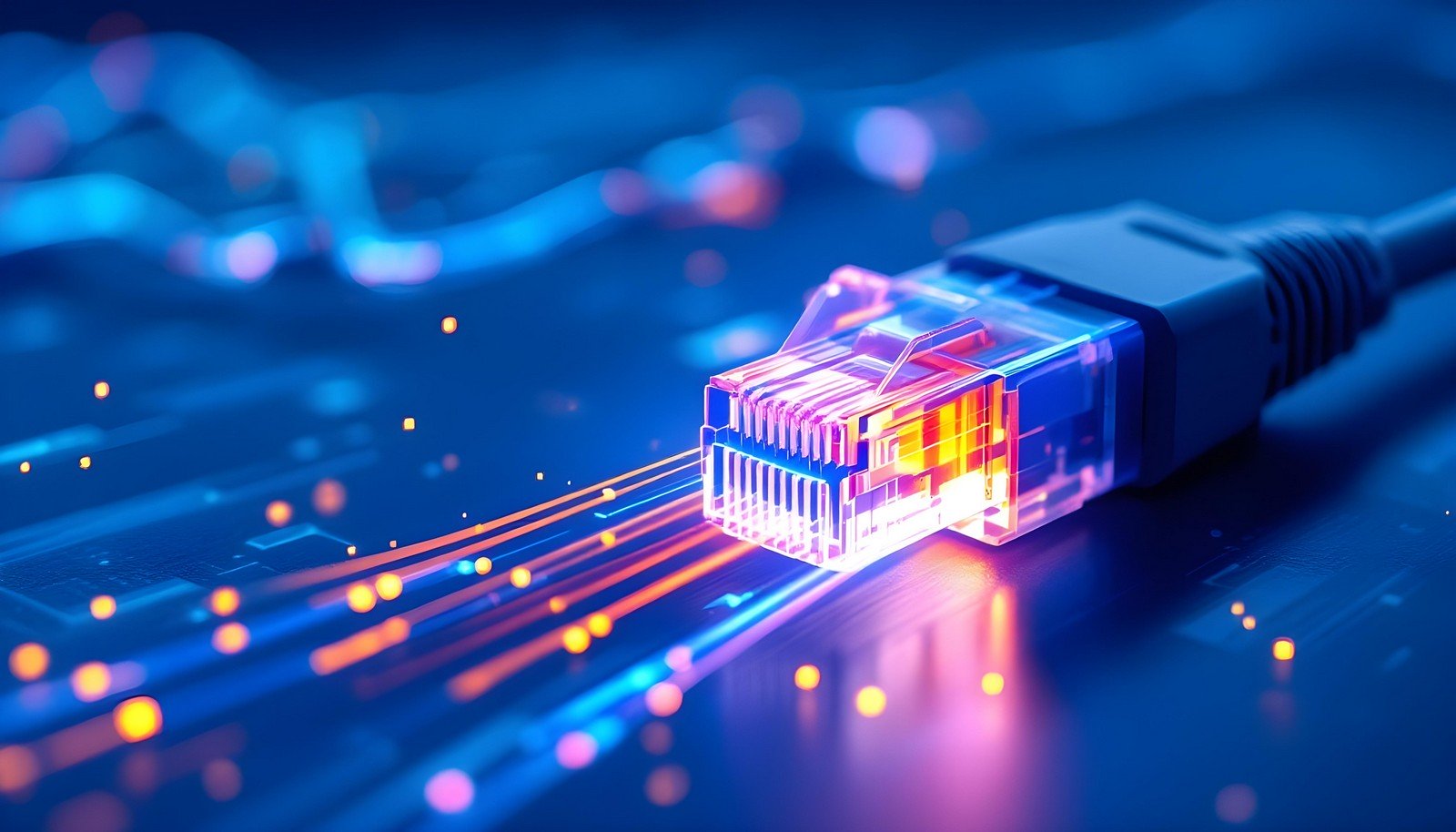Cat Cable

Quick Navigation:
- Cat Cable Definition
- Cat Cable Explained Easy
- Cat Cable Origin
- Cat Cable Etymology
- Cat Cable Usage Trends
- Cat Cable Usage
- Cat Cable Examples in Context
- Cat Cable FAQ
- Cat Cable Related Words
Cat Cable Definition
A Cat cable, short for Category cable, is a twisted pair cable commonly used in Ethernet and other network systems. It provides connectivity for data, voice, and video transmission, ensuring reliable and high-speed communication. The most popular types include Cat 5e, Cat 6, and Cat 7, each with varying data transmission rates and bandwidth capabilities. These cables are essential in structured cabling systems, offering reduced crosstalk and electromagnetic interference (EMI) through shielded or unshielded twisted pairs.
Cat Cable Explained Easy
Think of a Cat cable as a pipeline for data. Just like water flows through a pipe, data travels through the Cat cable, connecting computers and devices to share information. It’s like the internet’s road system—fast, efficient, and essential for getting things done online.
Cat Cable Origin
Cat cables emerged from the need for faster and more reliable connections as computer networks grew. Early iterations like Cat 3 and Cat 5 paved the way for the advanced cables we use today. Their design evolved to meet increasing demands for higher bandwidth and lower interference.
Cat Cable Etymology
The term "Cat" is short for "Category," which refers to the standardized specifications defining the cable's performance in data transmission.
Cat Cable Usage Trends
Over the years, Cat cables have seen widespread adoption in home networks, offices, and data centers. The shift to Cat 6 and Cat 6a is particularly noticeable due to the increasing demand for high-speed internet and 4K streaming. With the rise of smart homes and IoT devices, Cat cables remain a backbone for wired connectivity.
Cat Cable Usage
- Formal/Technical Tagging:
- Networking
- Ethernet Cables
- Structured Cabling - Typical Collocations:
- "Cat 6 Ethernet cable"
- "high-speed Cat cable"
- "shielded twisted pair (STP)"
- "structured cabling systems"
Cat Cable Examples in Context
- A Cat 6 cable connects your router to your computer, ensuring faster internet speeds.
- Data centers rely on Cat cables to maintain high-bandwidth connections across servers.
- Smart homes use Cat cables to link various devices for seamless communication.
Cat Cable FAQ
- What does “Cat” mean in Cat cables?
It stands for "Category," describing performance standards. - What is the difference between Cat 5e and Cat 6 cables?
Cat 6 cables support higher speeds and bandwidth than Cat 5e. - Can Cat cables be used for gaming?
Yes, they are ideal for reducing lag and ensuring stable connections. - Are all Cat cables shielded?
No, some are shielded (STP), while others are unshielded (UTP). - What is the maximum length for a Cat cable?
Typically, up to 100 meters without signal degradation. - Can Cat cables be used outdoors?
Yes, but they need proper weatherproofing or a special outdoor-rated version. - What is the lifespan of a Cat cable?
High-quality cables can last 10 years or more if handled properly. - Can I use a Cat cable for video streaming?
Absolutely, they support stable, high-speed connections perfect for streaming. - Do Cat cables work with Wi-Fi?
Indirectly, they connect devices like routers that facilitate Wi-Fi. - How do I choose the right Cat cable?
Consider your speed and distance requirements; Cat 6 or higher is generally recommended.
Cat Cable Related Words
- Categories/Topics:
- Networking Infrastructure
- Data Transmission
- Ethernet Standards
Did you know?
Cat 6a cables can support speeds up to 10 Gbps over distances of 100 meters, making them a top choice for modern office networks and advanced gaming setups.
PicDictionary.com is an online dictionary in pictures. If you have questions or suggestions, please reach out to us on WhatsApp or Twitter.Authors | Arjun Vishnu | @ArjunAndVishnu

I am Vishnu. I like AI, Linux, Single Board Computers, and Cloud Computing. I create the web & video content, and I also write for popular websites.
My younger brother, Arjun handles image & video editing. Together, we run a YouTube Channel that's focused on reviewing gadgets and explaining technology.



Comments powered by CComment